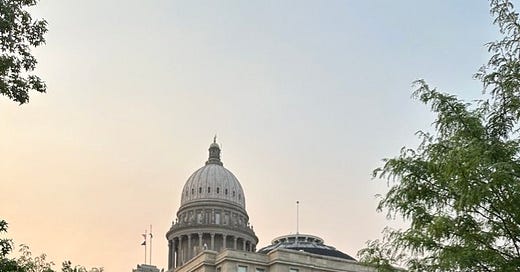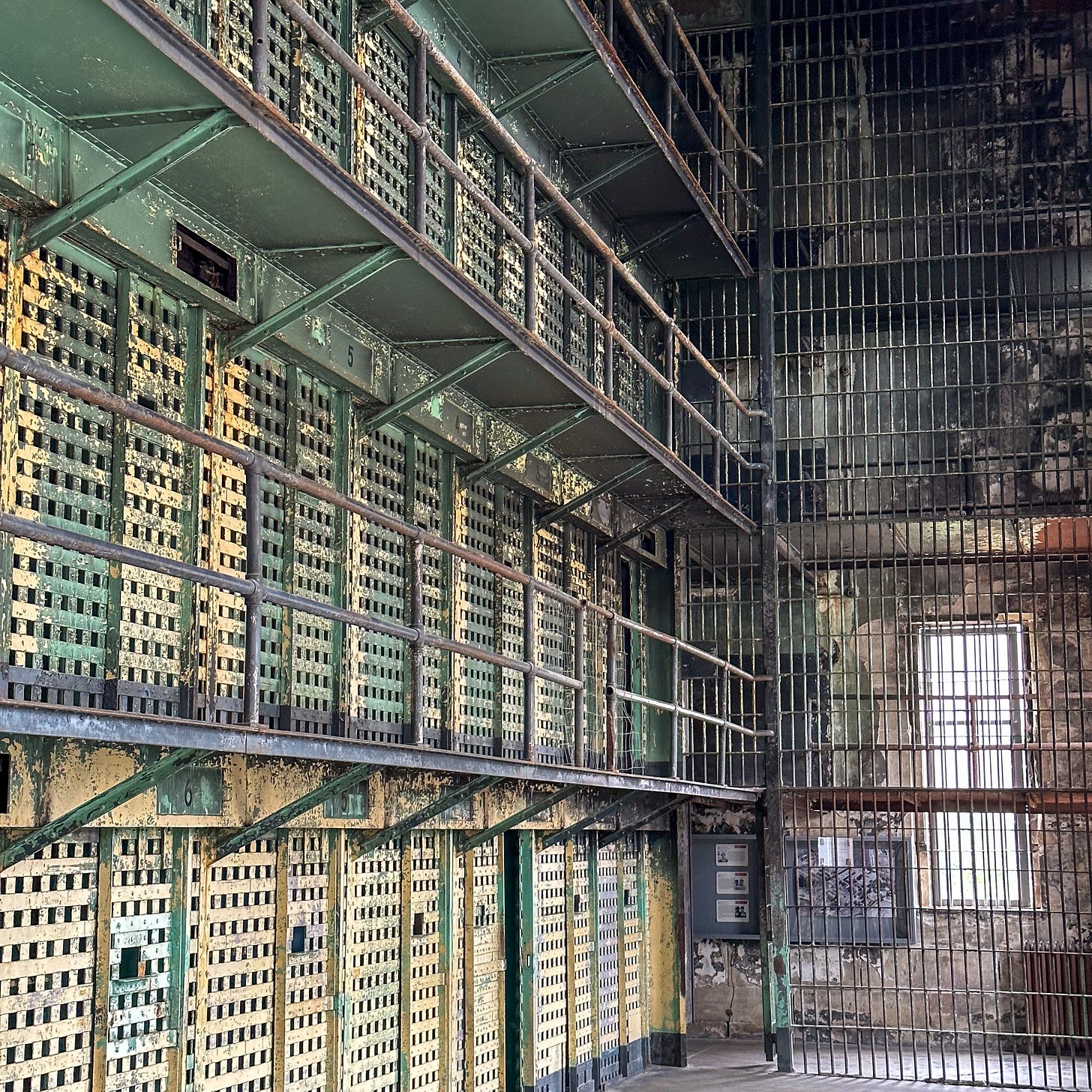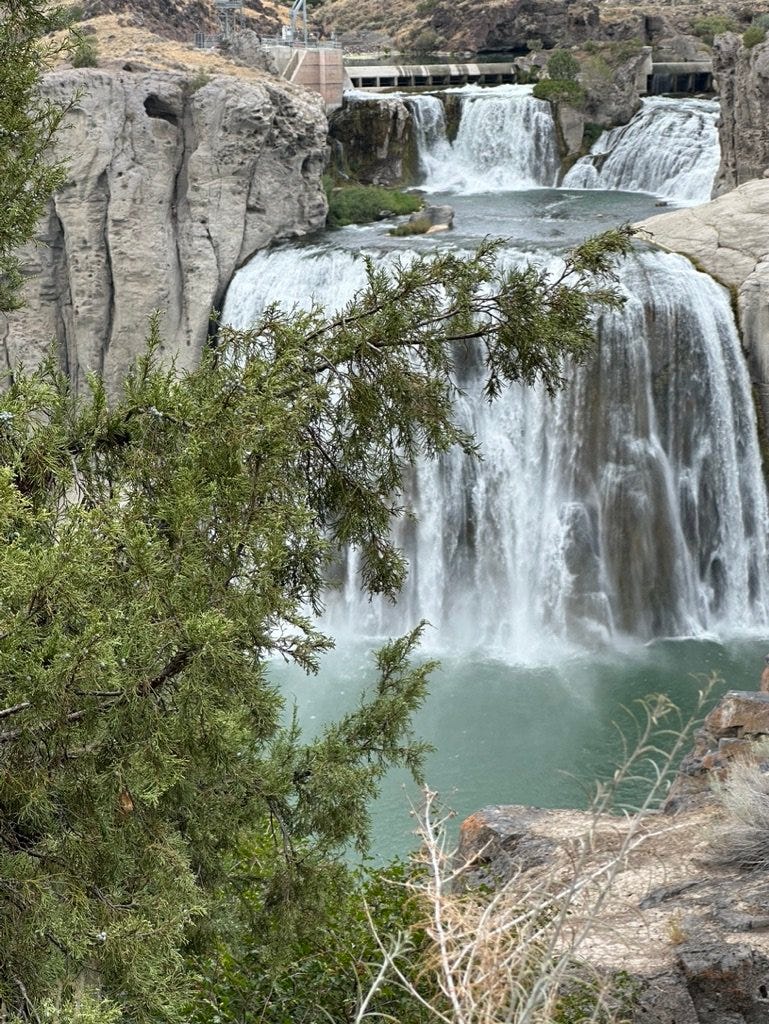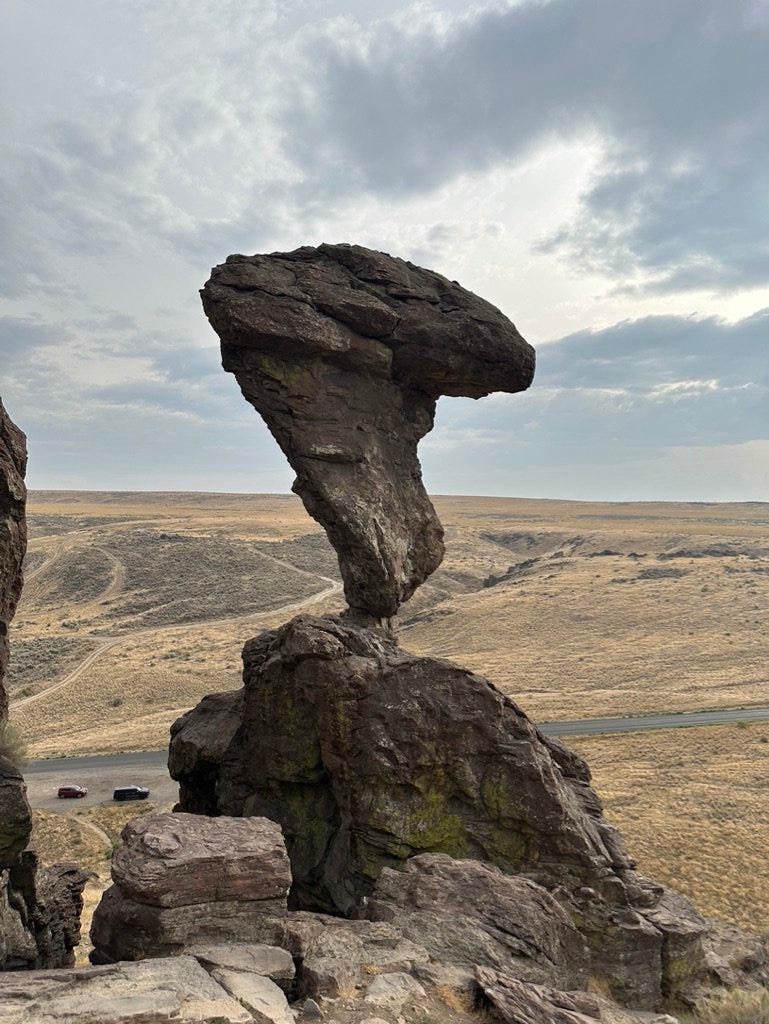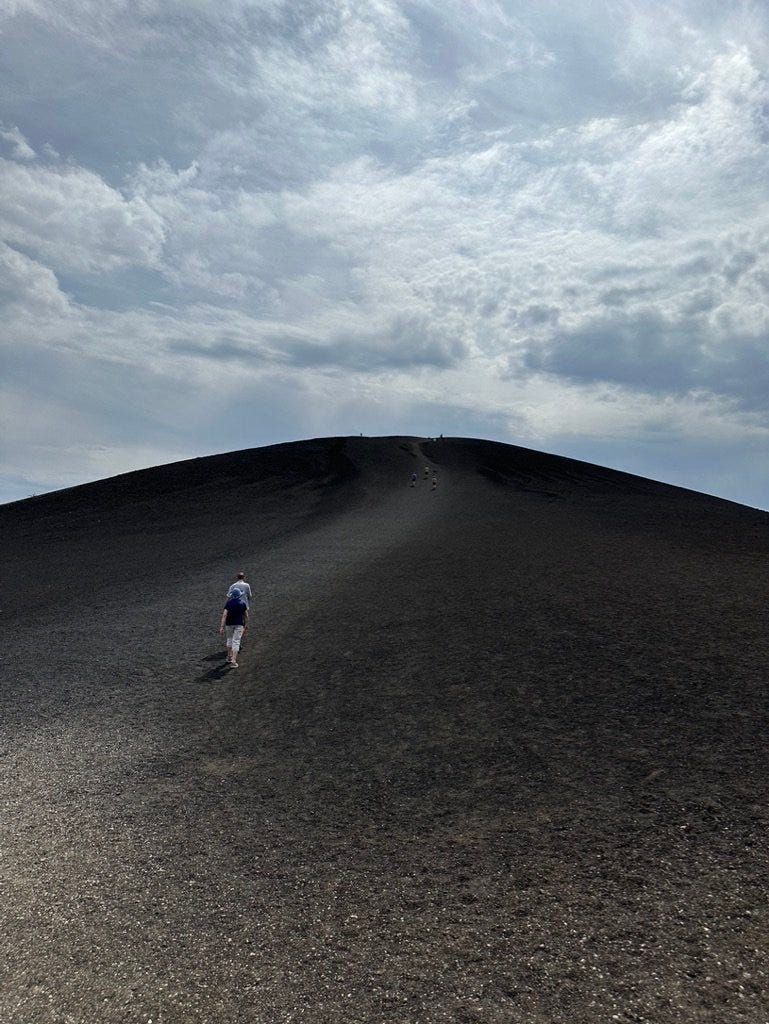Southern Idaho was uncharted territory for me, and I had no idea what to anticipate. Nevertheless, it’s only a short Southwest flight from LAX and I’m determined to visit every state in the US.
Trip Prep
I frequently get asked how I determine which places to visit in destinations like Southern Idaho, where tourist spots may not be apparent. I use my Kindle Unlimited subscription on Amazon to access Lonely Planet guides as a first step. Afterwards, I’ll cross-reference that information with state tourism board websites and recommendations on the NomadMania region page. A pattern of highlights will become apparent among these three sources. Next, I’ll make a Guide on Apple Maps for convenient CarPlay navigation with a rental car.
First Impressions
I imagined fields of farmland stretching infinitely with potatoes scattered throughout. The potato theme is prevalent in Idaho, evident in the airport's potato jokes and t-shirts. I was surprised by the desert landscape of southern Idaho, which was much less green than I anticipated. The downtown district of Boise was clean and well-kept, demonstrating the city's commitment to maintaining its center. The greenbelt and river flowing through the center of Boise enhanced the overall feeling of serenity and safety. The State Capitol Building and surrounding gardens were calming.
Going to Jail
Open to the public, the Old Idaho Penitentiary serves as a historic site showcasing the state’s penal history from 1872 to 1973. Using sandstone sourced from local quarries, convicts built the penitentiary, which served as the dwelling for over 13,000 inmates, including 215 women, over the course of 101 years. Within the compound, you’ll find assorted buildings including cell blocks, death row, the gallows, factories, and a dining hall that was designed by an inmate.
During its initial years, the penitentiary faced challenges in the American West, as vigilante groups and temporary territorial prisons sought to keep things under control. Prison officials chose tts location for easy access to high-grade quarry stone, and the prison extensively used convict labor during its construction.
Although tourism in a prison may be macabre, it was significant for me to witness that facet of the society I inhabit.
The Idaho State Historical Society’s preservation of the site guarantees public access to this significant part of Idaho’s history.
Boise River Greenbelt
The Greenbelt is a 25+ mile stretch along the Boise River, connecting different parts of the city and providing scenic river and nature views. To maximize my time exploring the Boise River Greenbelt, I rented an electric scooter.
The Greenbelt concept originated in the 1960s due to the polluted and junk-filled river. City leaders wanted to clean it up and create a space for people to enjoy. They began buying land along the river in 1969 and construction started in the 1970s.
The Greenbelt is open from sunrise to sunset every day. During my ride on the electric scooter, I took several breaks to spend time by the river and admire the wildlife. The Greenbelt offers excellent opportunities for walking, biking, and birdwatching. In addition, there are restaurants and coffee shops to enjoy while you’re on your way. Special mile markers called “DOTS” help people know where they are on the path.
While most of the Greenbelt is paved and open to everyone, some small sections are unpaved or closed off. One part west of Glenwood Street has caused some controversy because it goes through a neighborhood and has been closed even though the land was supposed to be used for the Greenbelt.
Lots of river cities have greenbelts - though they “de-wild” some areas, they open up the outdoors for more people and draw people to congregate outside. The Boise River Greenbelt allows people to enjoy nature, get exercise, and explore their community.

Adventures in and around Twin Falls
Shoshone Falls: The Niagara of the West
Twin Falls in South-central Idaho is home to Shoshone Falls, an awe-inspiring natural wonder also referred to as the Great Falls of the Snake River. Shoshone Falls exceeds Niagara Falls in height, with a vertical drop of 212 feet and a flow comparable to the most magnificent waterfalls globally. Shoshone Falls features a steep canyon along the Snake River, formed roughly 14,500 years ago when the ancient Lake Bonneville flooded and eroded the river’s course, creating a series of chasms. Despite numerous explorers and immigrants traveling through the region in the early 1800s, only a few paid attention to the falls until 1847. That year, Catholic bishop Augustine Blanchet documented the it in his journal, referring to it as the Canadian Waterfall. The Mounted Riflemen renamed it Shoshone Falls and compared its grandeur to that of Niagara in 1849.
The significance and appeal of Shoshone Falls centered around its “sublime” nature. During the 19th century, the term “sublime” described awe-inspiring landscapes, including canyons, volcanoes, and waterfalls like Niagara and Shoshone Falls. People were interested in these sites because of their potential to evoke sensations and emotions in viewers. In the 1850s, when other exceptional American landscapes were being explored and appreciated, being described as grand or distinctive as Niagara was the utmost recognition they could receive.
Shoshone Falls, although magnificent, never achieved the same fame as Niagara. Despite being considered for national-park status, it ended up becoming a symbol of progress rather than a revered national landmark. Presently, the Snake River’s water is primarily channeled through turbines or used for agriculture, leaving only a few streams to flow over the lava cliffs. Shoshone Falls’ history reflects the intricate link between appreciating landscapes, conserving the environment, and industrial progress in America, reminding us of missed opportunities.
Perrine Bridge: Ranking as the 8th highest bridge in the US, this structure stretches over the Snake River. At 486 feet above the river, it’s a global hotspot for BASE jumpers. It’s perhaps the only man-made structure in the U.S. where BASE jumping is allowed year-round without a special permit.
Balanced Rock in Buhl was a detour that proved to be worth it. During the drive, I got a glimpse of rural Idaho's high desert landscapes, rolling hills, deep canyons, and sagebrush. The Balanced Rock is an impressive feat of nature, standing at 48 feet tall with a base of only 3 feet by 17 inches.
Other Noteworthy Stops
A Moon-like World in Idaho
In the heart of Idaho’s vast desert lies an otherworldly landscape that looks like it could be straight off the surface of the moon. It’s called the Craters of the Moon National Monument and Preserve, and this remarkable place offered me a half-day meditation on the volcanic forces that have shaped our planet over eons.
A meteor strike did not create Craters of the Moon, despite its craters and barren appearance. Instead, thousands of years of volcanic eruptions built it, oozing molten lava across the Snake River Plain. As that lava cooled and hardened, it left behind a rugged sprawl of cinder cones, deep fissures, lava tubes and vast lava fields stretching for miles. It’s not something an outsider would expect in Iowa.
This bizarre volcanic landscape looks so much like the pockmarked surface of the moon that NASA trained Apollo astronauts on it in the 1960s. They practiced geological fieldwork and simulated moonwalks while tramping across the crunchy lava flows in their bulky spacesuits.
At first glance, Craters seems like a lifeless place. The ground can reach 150 degrees Fahrenheit in the summer. But, looking closer, you'll discover indications of sturdy plant and animal species that have adjusted to thrive in this unforgiving volcanic ecosystem. Twisted limber pines, prickly rabbit bushes and aromatic sagebrush somehow eke out an existence.
Because of its unique geology and delicate ecology, the federal government has protected Craters of the Moon as a National Monument and Preserve. The lava fields are home to a network of hiking trails that allow you to explore the park while minimizing impacts.
I spent a good half day marveling at the jagged cinder cones, climbing through lava tube caves, and crunching across the twisted, ropy textures of ancient lava flows. It’s wonderfully uncrowded and worth a visit. In fact, it’s one of the New York Times’ recommended places to visit in 2024.


